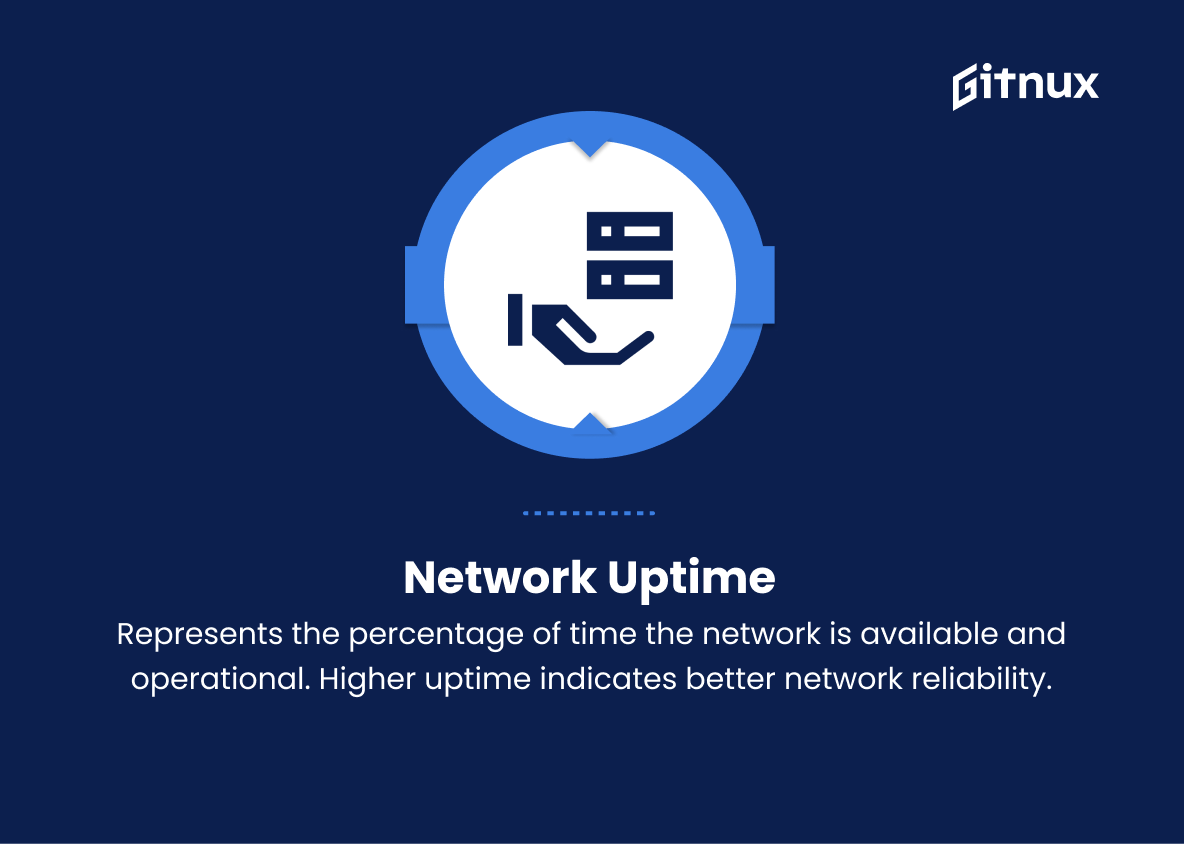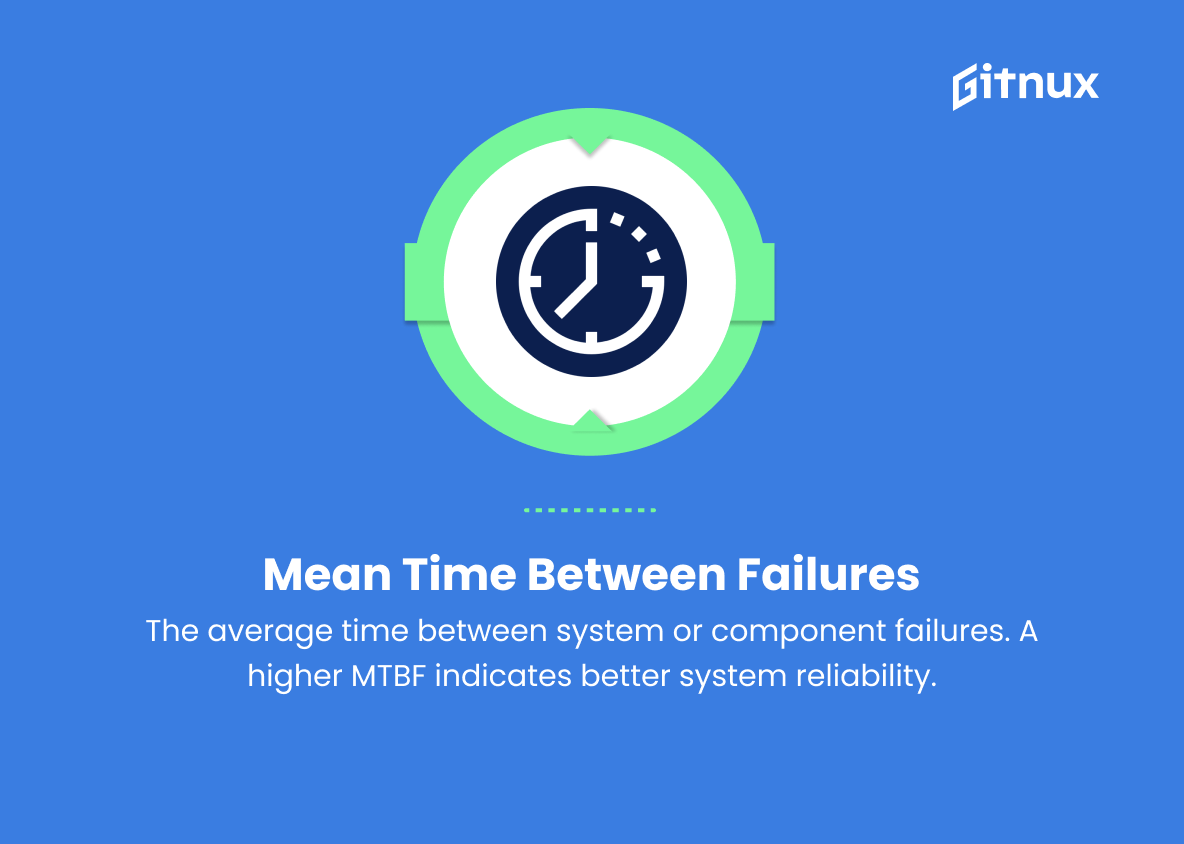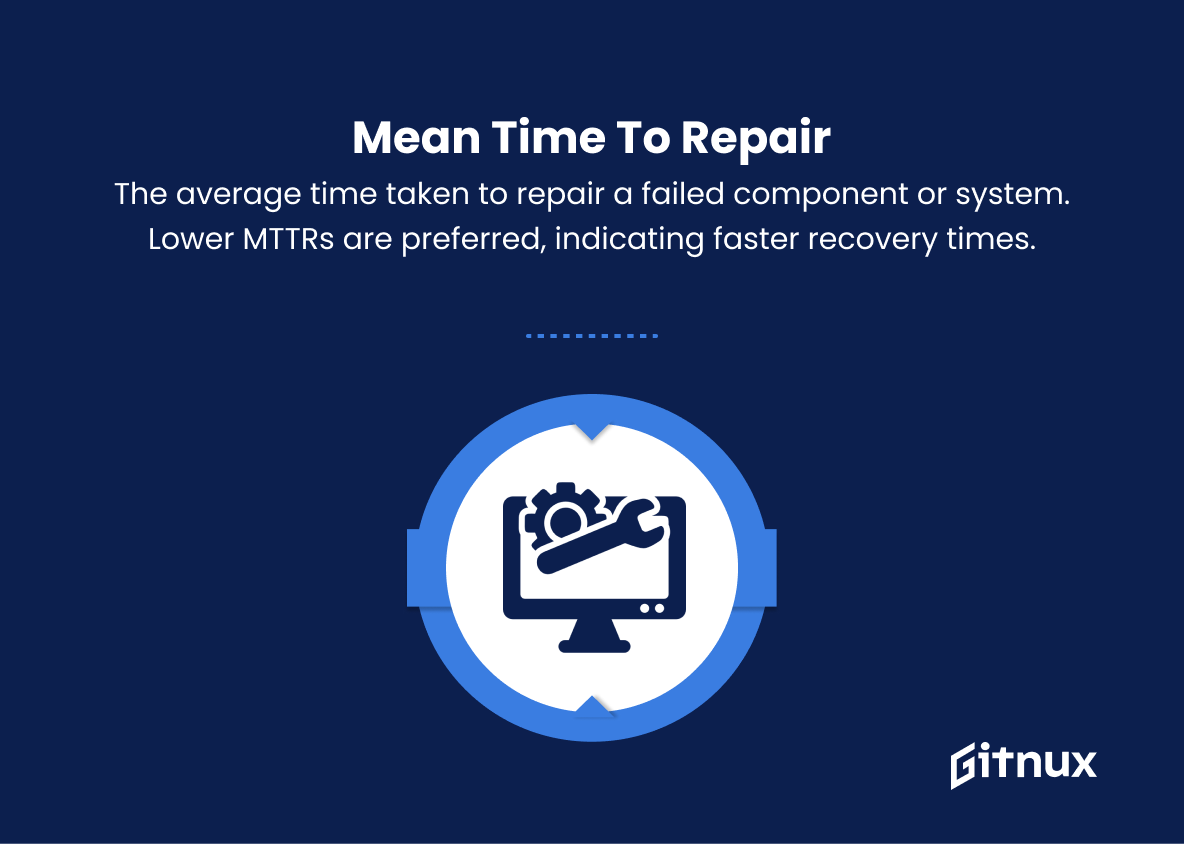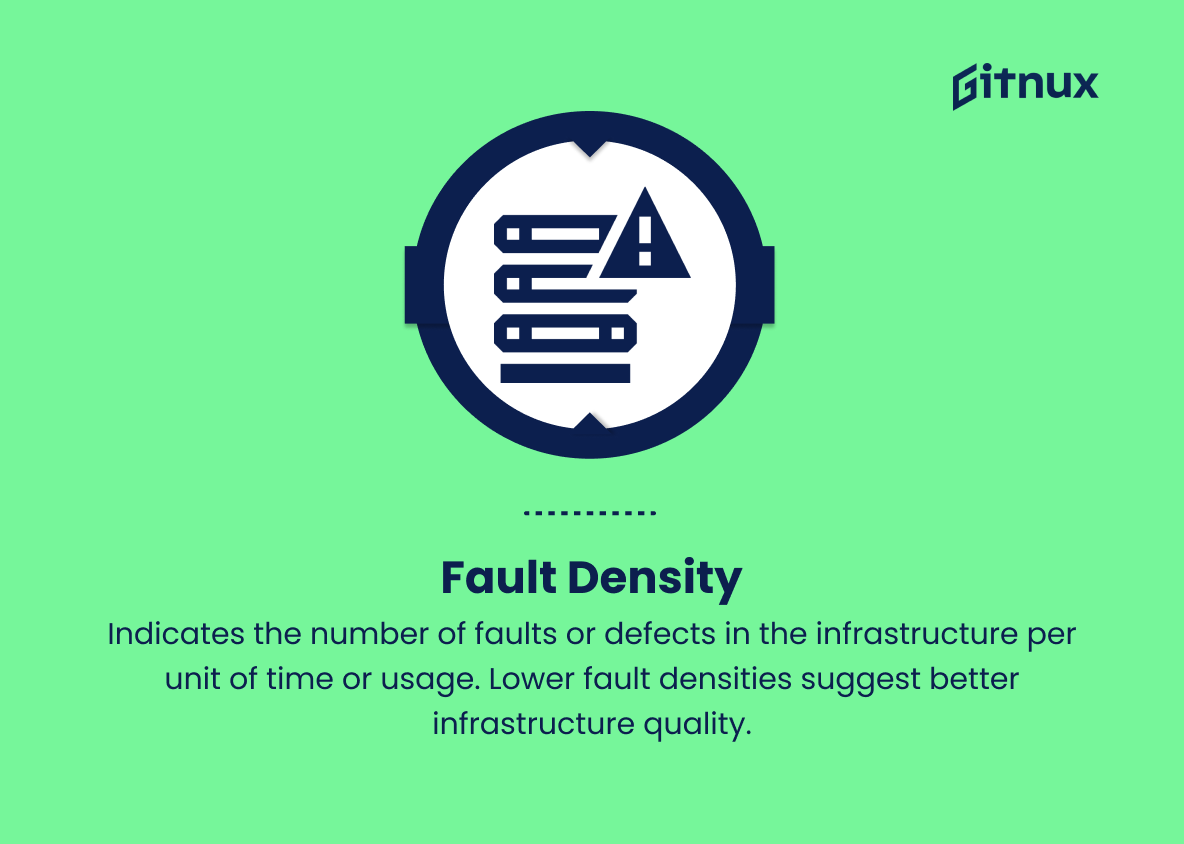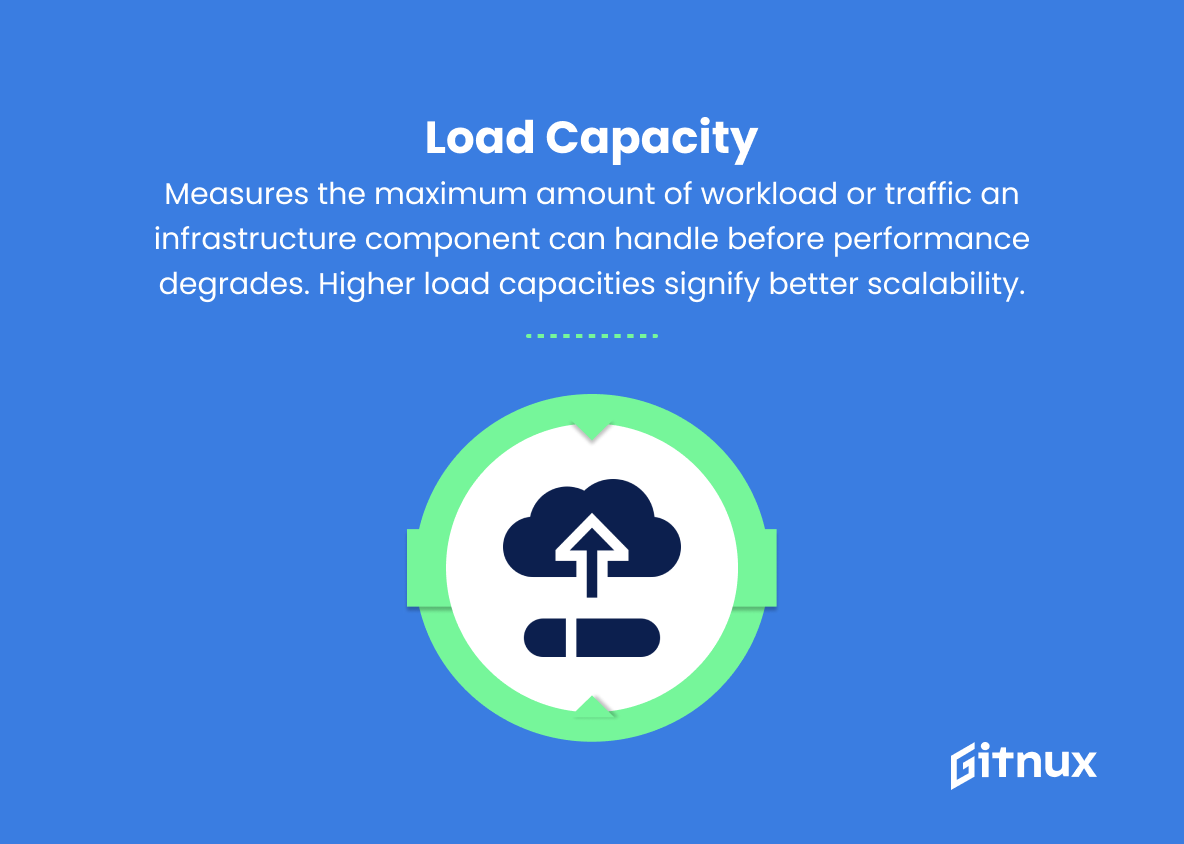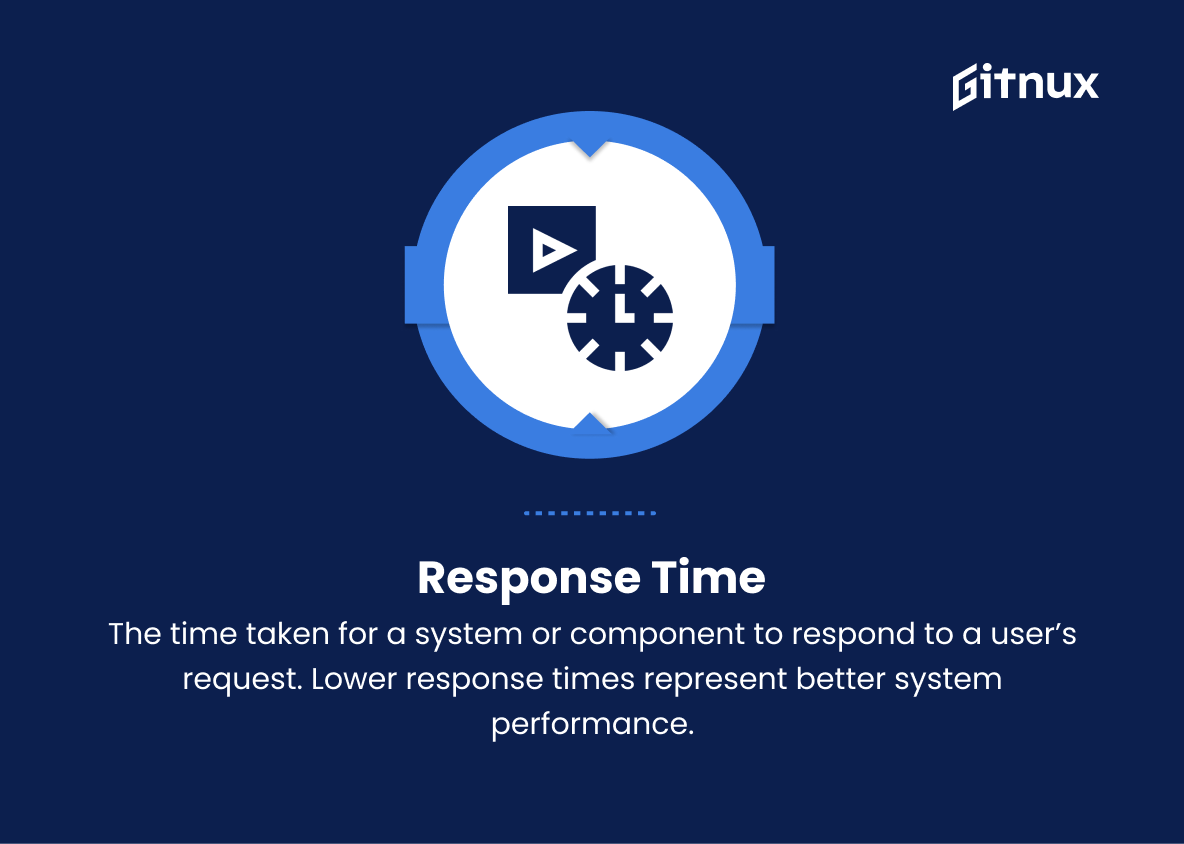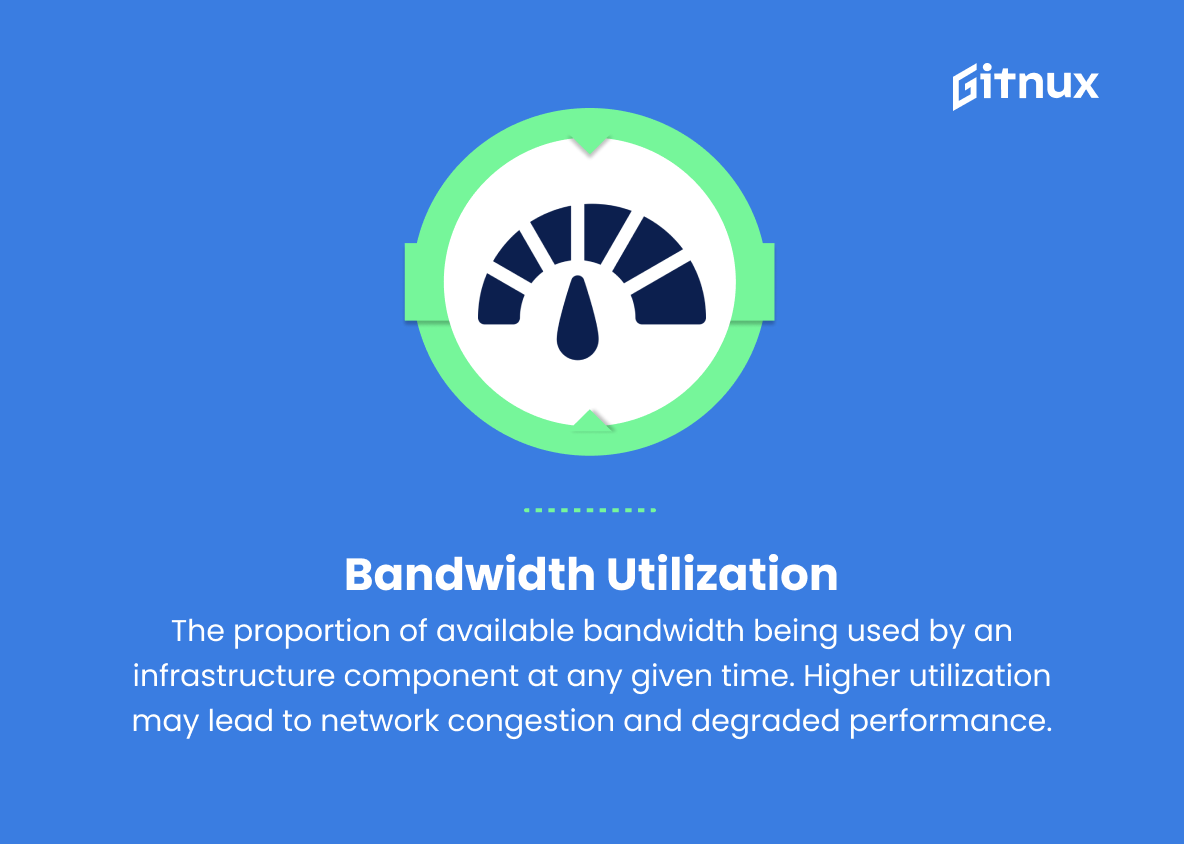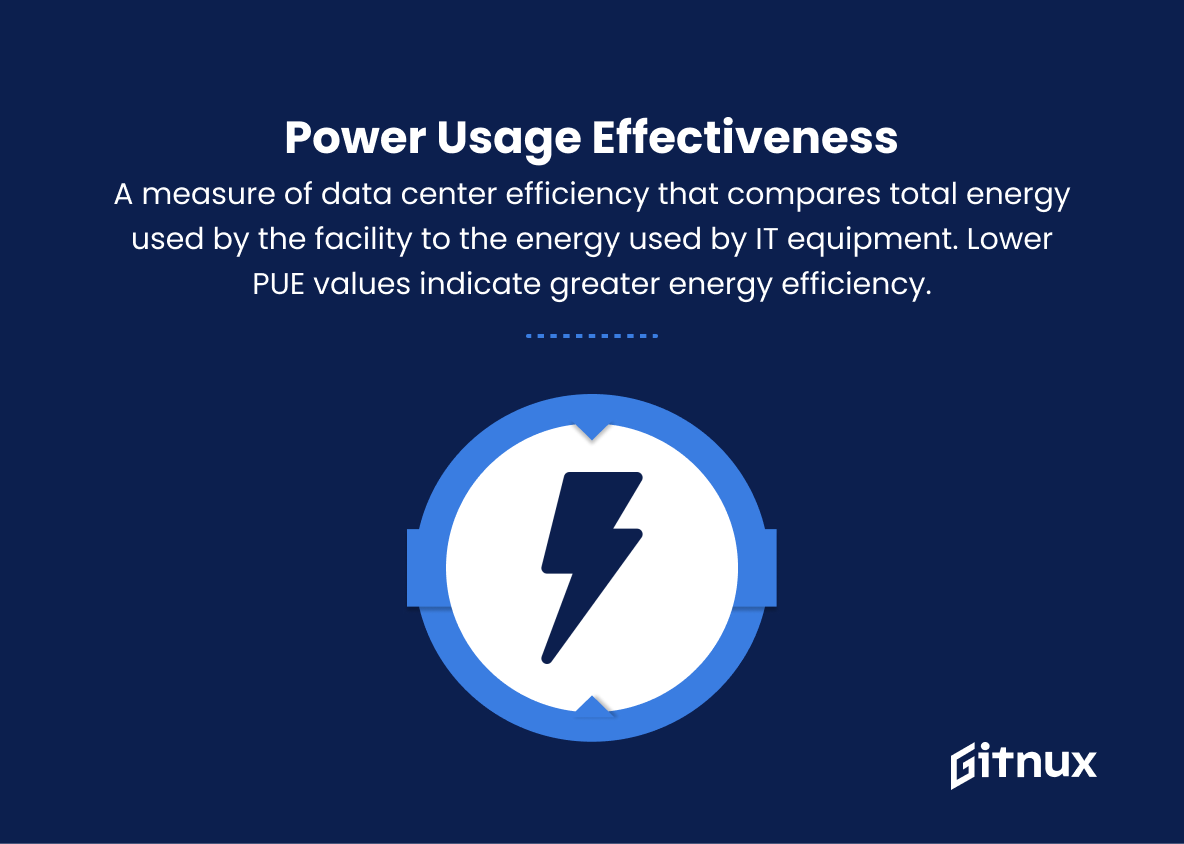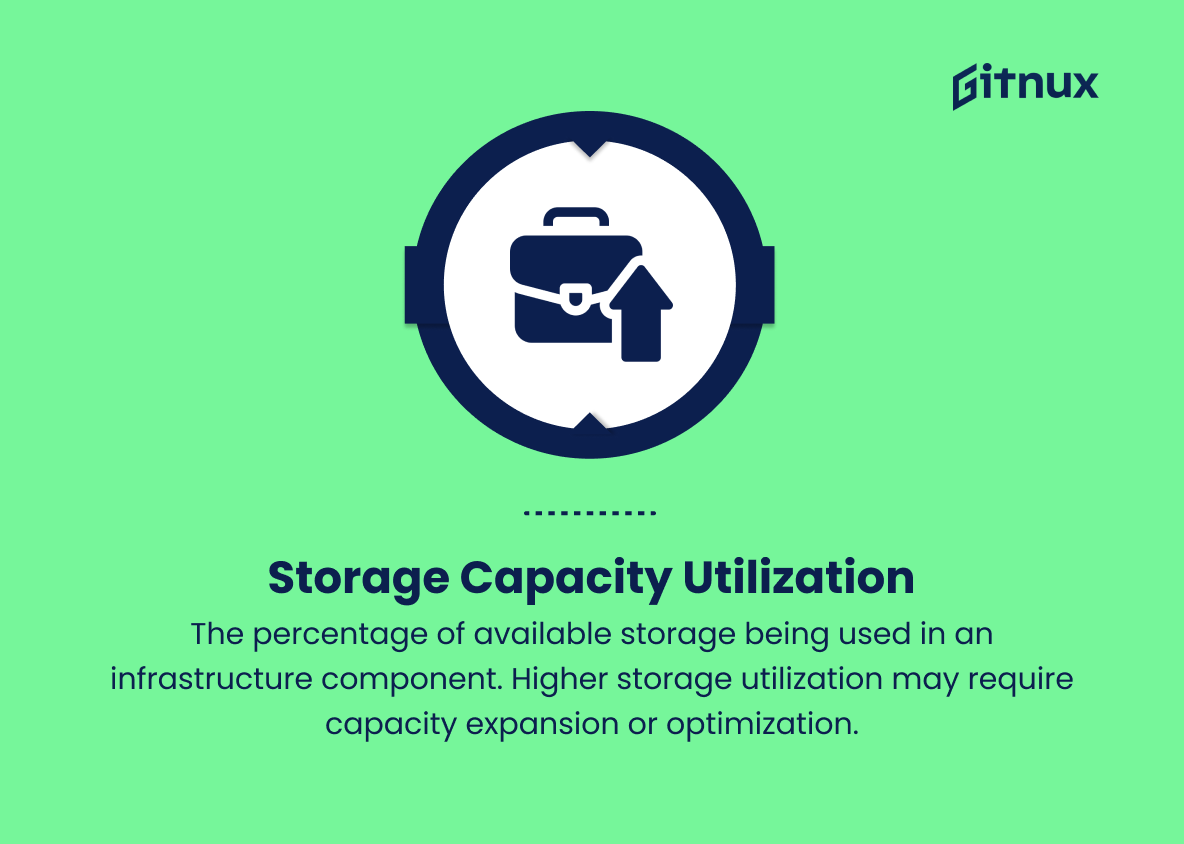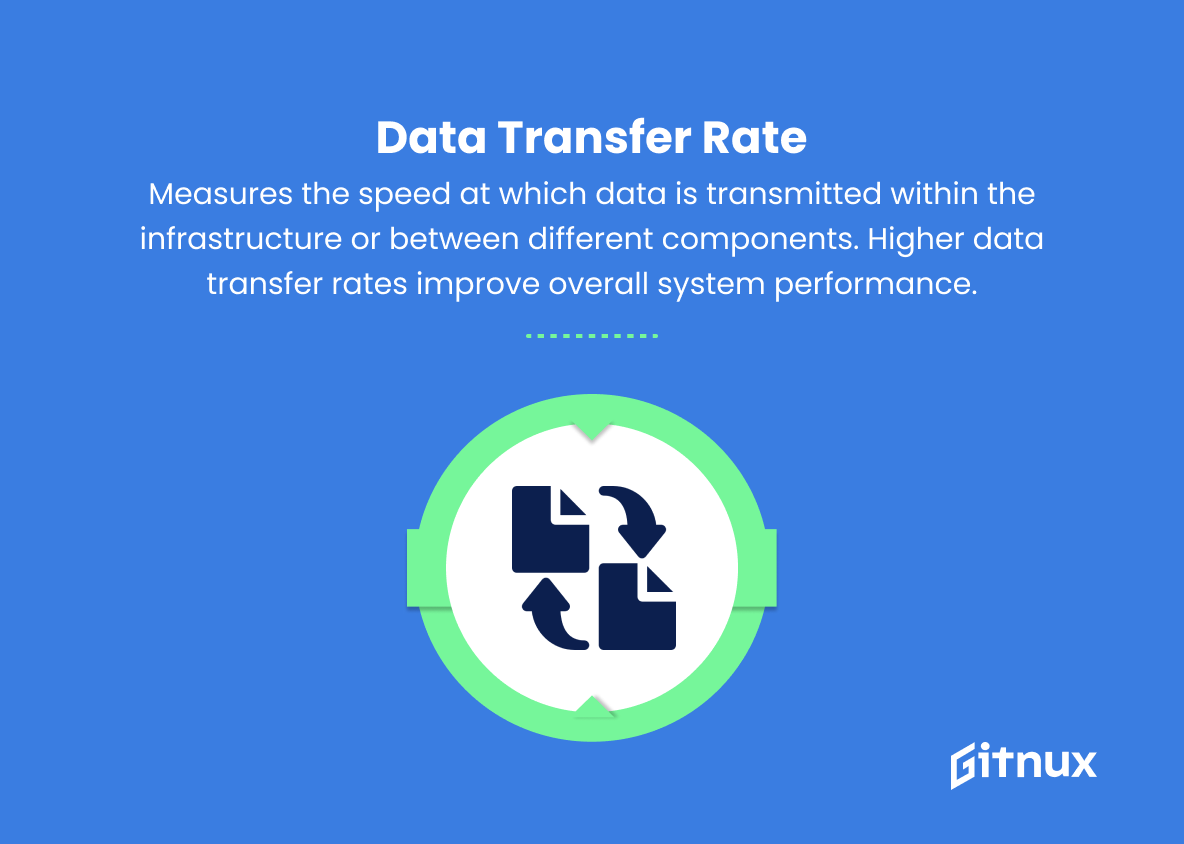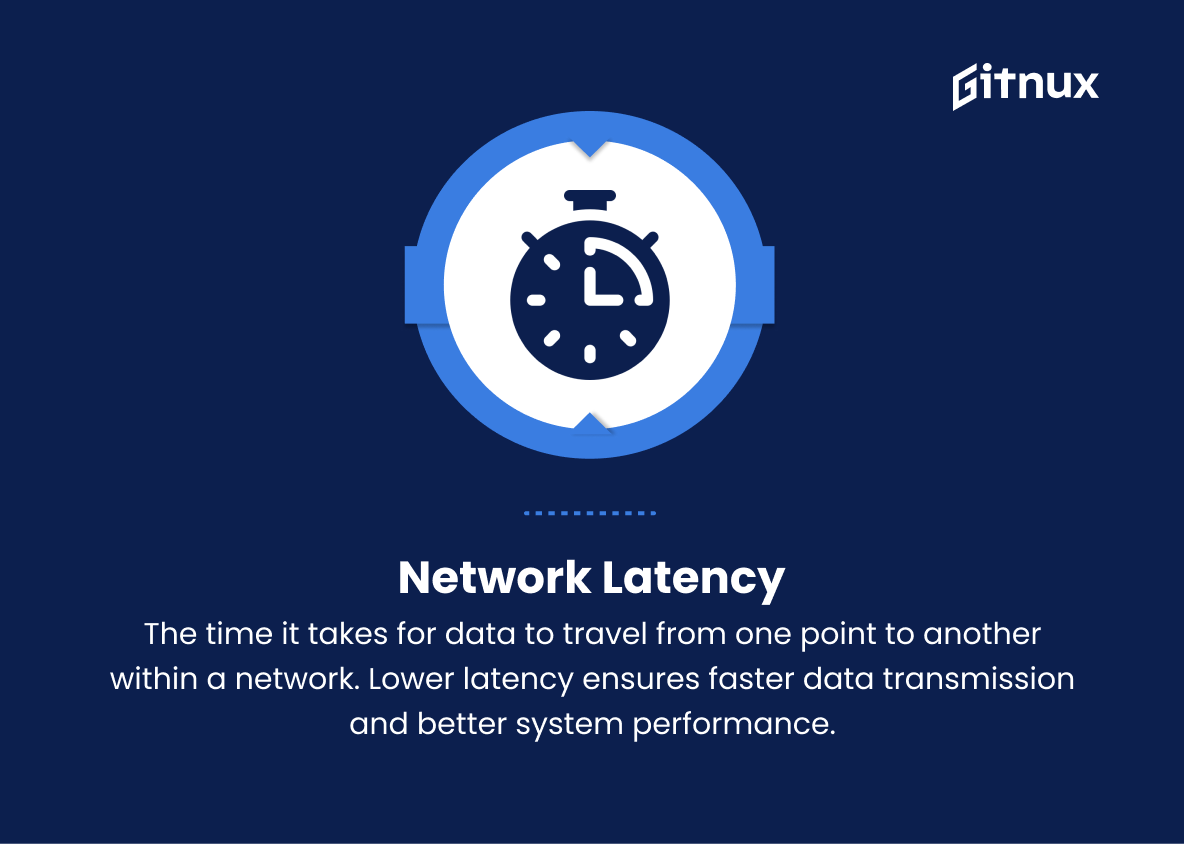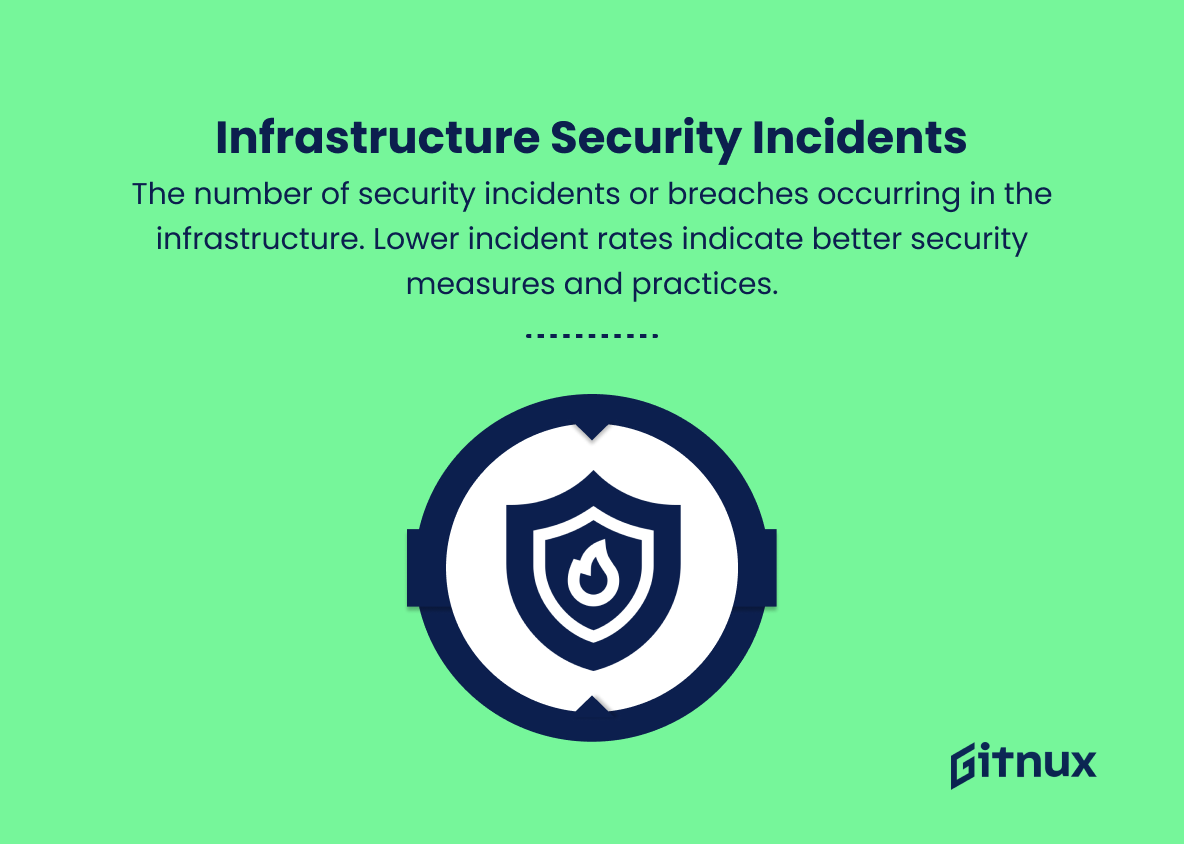In today’s ever-evolving world, a well-planned and well-maintained infrastructure system is critical to the smooth operation and continued growth of any organization, city, or country. With rapid advances in technology and increasing demands from citizens and customers, organizations need to embrace the concept of Key Performance Indicators (KPIs) in managing and improving their infrastructure systems.
In this blog post, we will delve deep into the world of infrastructure KPIs, analyze their importance in modern management, and explore various methods for strategically implementing these performance measurement tools. So be prepared to delve into the intricacies of infrastructure KPIs and discover how they can enable you to maximize the efficiency and effectiveness of your infrastructure investments.
Infrastructure KPIs You Should Know
1. Network Uptime
Represents the percentage of time the network is available and operational. Higher uptime indicates better network reliability.
2. System Availability
Measures the proportion of time that a system or infrastructure is available for users, expressed as a percentage. Higher availability reflects higher reliability.
3. Mean Time Between Failures (MTBF)
The average time between system or component failures. A higher MTBF indicates better system reliability.
In today’s ever-evolving world, having a well-planned and well-maintained infrastructure system is crucial to ensuring the smooth operation and continued growth of any organization, city or country.4. Mean Time to Repair (MTTR)
The average time taken to repair a failed component or system. Lower MTTRs are preferred, indicating faster recovery times.
5. Fault Density
Indicates the number of faults or defects in the infrastructure per unit of time or usage. Lower fault densities suggest better infrastructure quality.
6. Load Capacity
Measures the maximum amount of workload or traffic an infrastructure component can handle before performance degrades. Higher load capacities signify better scalability.
7. Response Time
The time taken for a system or component to respond to a user’s request. Lower response times represent better system performance.
By monitoring and optimizing these KPIs, organizations can develop a robust IT infrastructure that supports their business objectives and drives growth.8. CPU Utilization
The percentage of processing capacity being used by a system or component at any given time. Lower CPU utilization rates indicate more efficient system performance.
9. Bandwidth Utilization
The proportion of available bandwidth being used by an infrastructure component at any given time. Higher utilization may lead to network congestion and degraded performance.
10. Power Usage Effectiveness (PUE)
A measure of data center efficiency that compares total energy used by the facility to the energy used by IT equipment. Lower PUE values indicate greater energy efficiency.
These metrics provide a quantifiable approach to evaluate performance and inform strategic decision-making, ensuring that infrastructure remains reliable, sustainable, and cost-effective.11. Storage Capacity Utilization
The percentage of available storage being used in an infrastructure component. Higher storage utilization may require capacity expansion or optimization.
12. Data Transfer Rate
Measures the speed at which data is transmitted within the infrastructure or between different components. Higher data transfer rates improve overall system performance.
13. Network Latency
The time it takes for data to travel from one point to another within a network. Lower latency ensures faster data transmission and better system performance.
14. Infrastructure Security Incidents
The number of security incidents or breaches occurring in the infrastructure. Lower incident rates indicate better security measures and practices.
15. Incident Resolution Time
Tracks the average time taken to resolve an infrastructure incident or problem. Shorter resolution times are preferred, reflecting efficient incident management.
By monitoring and optimizing these infrastructure KPIs, businesses can ensure that their systems are operating efficiently, reliably, securely, and scalably.
Infrastructure KPIs Explained
Infrastructure KPIs such as network uptime, system availability, MTBF, MTTR, fault density, load capacity, response time, CPU and bandwidth utilization, PUE, storage utilization, data transfer rate, network latency, security incidents, and incident resolution time play a critical role in maintaining efficient and reliable business operations.
High uptime, availability and load capacity, along with low fault density and response times, ensure smooth operation and scalability of systems. Efficient CPU and bandwidth utilization, coupled with lower PUE values, contribute to better energy efficiency and overall performance.
High data transfer rates and low network latency enable faster data transfer, while fewer security incidents and faster incident resolution times reflect strong security measures and efficient incident management. By monitoring and optimizing these KPIs, organizations can develop a robust IT infrastructure that supports their business goals and drives growth.
Conclusion
In summary, infrastructure metrics play a critical role in successfully managing, monitoring, and improving infrastructure systems. These metrics provide a quantifiable approach to evaluating performance and informing strategic decisions to ensure that infrastructure remains reliable, sustainable, and cost-effective.
By staying abreast of the latest trends and best practices in infrastructure KPIs, organizations can effectively prioritize investments, optimize asset utilization, and improve overall service delivery. Ultimately, the use of infrastructure KPIs will enable stakeholders to create a more resilient and sustainable infrastructure system that promotes economic growth and a better quality of life for all.
